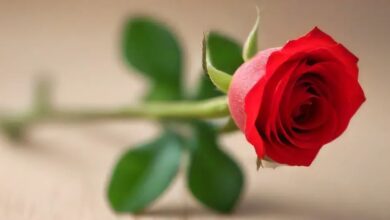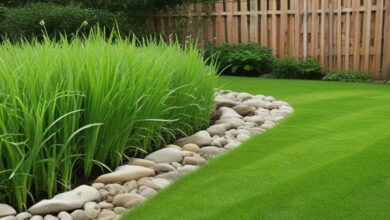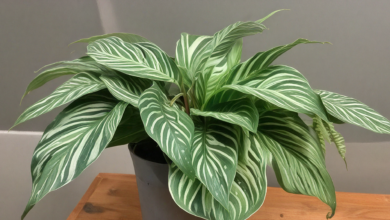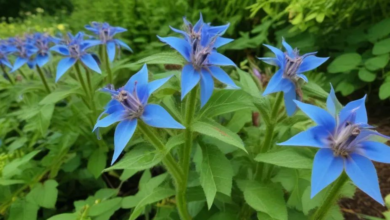Snake Plant: A Beginner’s Growing Guide
Unlock the secrets of Snake Plant care for beginners: from lighting tips to watering tricks, this guide is your key to cultivating resilient greenery with ease.
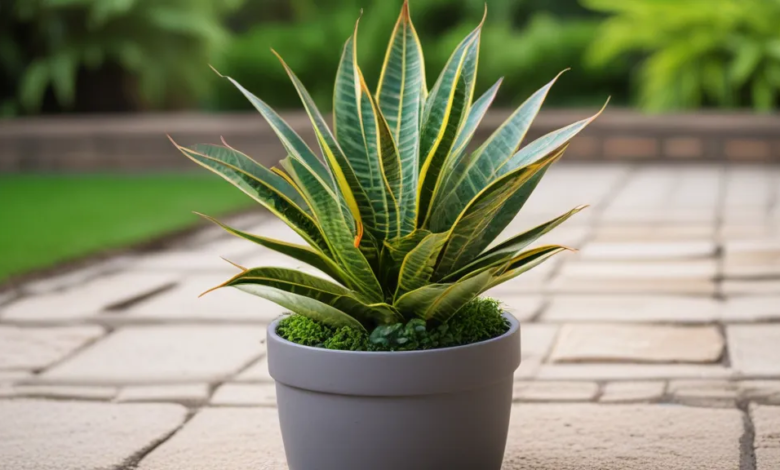
Sansevieria, commonly referred to as mother-in-law’s tongue or serpent plant, is a resilient and low-maintenance plant capable of flourishing in a wide range of environments. However, these plants produce few flowers. Why?
Due to several factors, snake plants exhibit limited flower production indoors: an extended blooming cycle, challenges in reproducing the triggers that occur in their natural environments, inadequate energy allocation towards flowering, the prioritization of foliage growth during domestication, and the sporadic and infrequent nature of their blooms even in their natural habitats. Together with variations in species and hybrids bred for aesthetic value, these factors contribute to the scarcity of snake plant flowers when grown indoors.
Is snake plant good choice?
Snake plants are stunning, and they seem lush, but they’re also very beneficial to your health.In terms of improving the quality of air within a building, NASA has found that snake plants are among the best plants to use. Benzene, formaldehyde, and trichloroethylene are common airborne contaminants; they are experts at removing these substances from furniture and other household items. Snake plants are good for respiratory allergies. Snake plants are known to improve health and purify the air. Because it absorbs carbon dioxide and releases oxygen at night, snake plants sleep better and reduce stress. Besides managing humidity, they prevent airborne infections.
Little Maintenance
Snake plants require little maintenance and may withstand neglect. They do not require frequent watering and may grow in low-light environments, making them ideal for novices or people with hectic schedules.
Air Purification
Snake plants are perfect for busy people and beginners since they need little care. Snake plants are hardy because they can survive drought and poor light. To avoid root rot, water lightly and let the soil dry between waterings. A little dusting and removal of dead or yellowing leaves can make your snake plant look its best. With these simple cares, your snake plant will thrive.
Aesthetics
Snake plants are attractive indoor plants. Their tall, upright leaves have distinct patterns and textures, giving elegance and visual intrigue to any area. Snake plants provide natural beauty to a space, whether as a main point or as a compliment. Snake plants can enrich any area, from modern and minimalist to traditional and eclectic, with their stunning look and flexibility. Their architectural design and dense foliage make them ideal interior style choices, whether in a desktop pot or a floor planter. Snake plants, which improve air quality and need little upkeep, offer beauty to any indoor space.
Durability
Their hardiness makes snake plants appealing indoor plants. These hardy plants can resist many stresses typical houseplants cannot. Low light makes them ideal for regions with minimal sunlight or fluorescent lighting. Snake plants are ideal for busy persons and frequent travelers since they can survive dryness and neglect. They are pest- and disease-resistant, reducing plant health risk. Since they can survive tough conditions, snake plants make wonderful low-maintenance indoor plants.
The Best Ways to Grow Snake Plants

Potting Mix and Container Choice:
Potting mix and containers for snake plants require consideration: Avoid root rot using a fast-draining potting mix for snake plants. Potting soil, perlite, gritty sand, and orchid bark snake plants. Good aeration, drainage, and moisture retention water plants. Select a container with sufficient drainage and room for the snake plant’s roots. A container with drainage holes prevents water from pooling around the roots. Think about plant and container size. Choose a pot slightly larger than the plant’s root ball to avoid overpotting. Snake plants require confinement. Snake plant pots are generally ceramic, terracotta, or plastic. Porous ceramic and terra cotta pots control soil moisture, whereas lightweight plastic pots retain it. Materials vary on snake plant demands and personal preference. Shallow root systems allow most snake plants to grow in shallow containers. Choose a deeper container for larger or established plants’ roots. Finally, inspect the container’s appearance. Select a container that complements your decor and plant. Pots come in different colors, shapes, and designs to complement your style.
.Requirements for Light
Snake plants thrive in indirect sunlight, making them suitable for dim indoor spaces. They like indirect, strong light, although they may survive low light in rooms with north-facing windows or little sunshine. They work effectively in bright areas and gloomy nooks due to their flexibility to different light levels. Snake plants shouldn’t be placed in direct sunlight since it might burn or discolor their leaves. You can keep your snake plant healthy, vibrant, and attractive in your home or workplace by giving it enough indirect sunshine.
Before watering again
Snake plant soil should dry up before watering again. Drought-tolerant snake plants like partial submersion. Wait to water again until the top inch of soil feels dry. It may take one to three weeks, depending on temperature, humidity, and potting mix. Water carefully to avoid root rot and other issues. Keep your snake plant healthy by letting the soil dry between waterings.
Temperature
Snake plants thrive around 15–29 degrees Celsius (60–85 degrees Fahrenheit), making them perfect for controlled indoor conditions. They hate excessive heat and cold. Snake plants should avoid heating and cooling vents since temperature variations injure them. Outside in warmer months, your snake plant may not live below 50 degrees Fahrenheit (10 degrees Celsius). Maintain the right temperature for your snake plant inside.
Fertilize
Less is more when fertilizing snake plants. These hardy plants can survive without frequent fertilizer, although occasional nutrients can boost development. Apply a balanced, water-soluble fertilizer diluted to half or quarter intensity every 2-3 months from spring to early fall. Overfertilizing can cause salt accumulation and plant harm, so follow the fertilizer box directions. Organic alternatives like compost or worm castings provide nutrients slowly. You can keep your snake plant healthy and low-maintenance by fertilizing it properly.
Propagation
Snake plant propagation is easy by division, leaf cuttings, or rhizome cuttings. Carefully divide the plant into parts with roots to reproduce. Water these parts lightly in separate pots with well-draining soil. Choose healthy leaves and cut them into several-inch portions for leaf cuttings. After a few days of callus, put the cuttings upright in soil and bury the cut end. Keep soil mildly wet and offer indirect light until growth begins. A section of the rhizome (underground stem) containing roots is removed and planted in soil. Plant the cutting at the same depth and keep it wet until new growth appears. You may grow fresh snake plant progeny or share them with friends and family using these propagation methods with care and patience.
Pruning
While minor, snake plant pruning can assist preserve their health and attractiveness. Trim any yellow or dead leaves at the base using clean, sharp scissors or pruning shears. Trimming damaged or discolored leaves enhances the plant’s appearance and avoids pests and diseases. You may also trim your snake plant to stimulate compact development by eliminating lanky or overgrown stems. Removing too many leaves at once will stress the plant. To shape the plant while preserving its beauty and durability, prune judiciously and gently.
Snake Plant Types
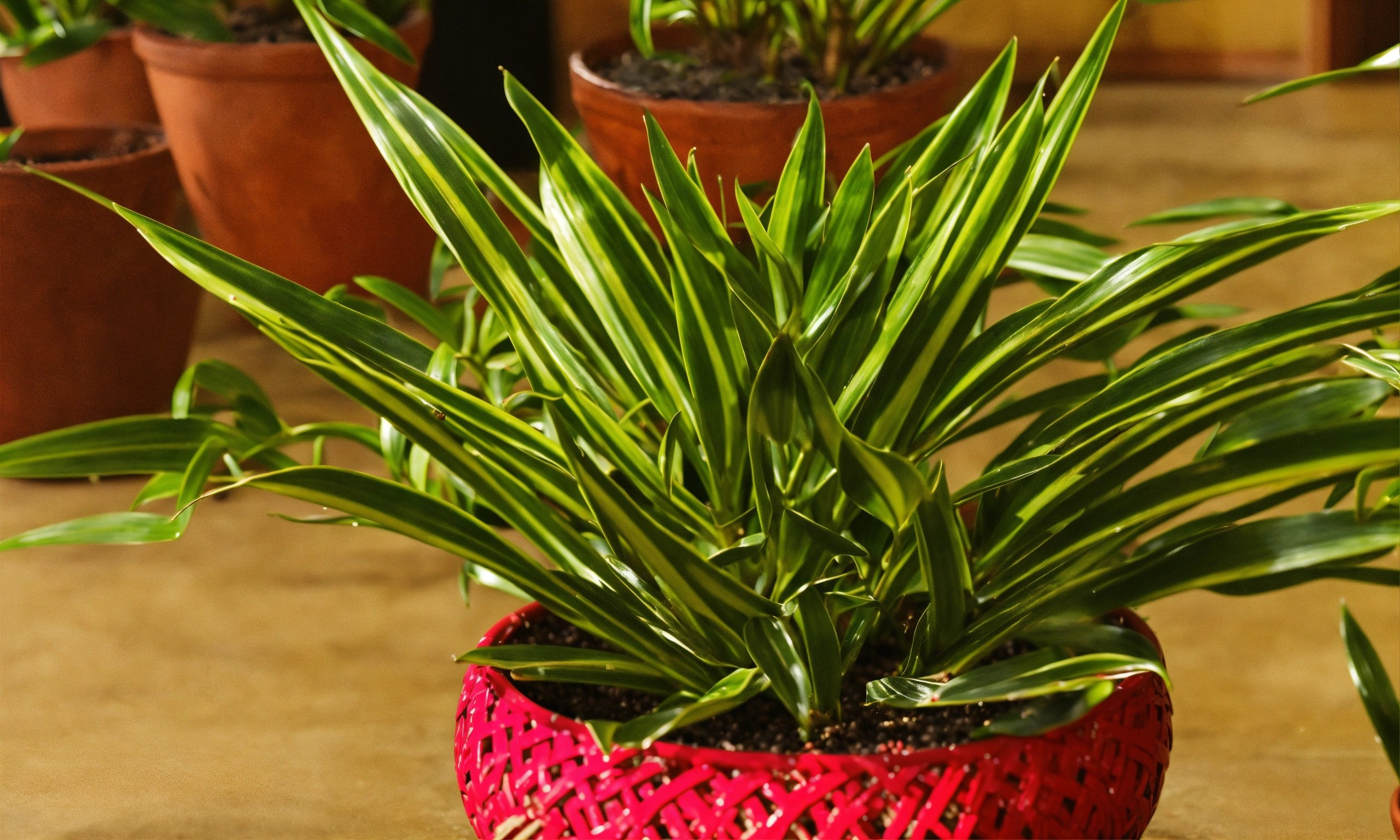
Laurentii
The prominent, yellow-edged leaves of Sansevieria trifasciata ‘Laurentii’ snake plant make it stand out. Long, sword-shaped leaves with green cores and vivid yellow borders makes this variety stand out. Laurentii’s variegated leaves give color to any indoor space, making it a popular option for home and office. Laurentii, like other snake plants, is low-maintenance and tolerates low light, making it ideal for novices or busy plant owners. Laurentii will brighten any area and stand out in your indoor garden with its colorful leaves and easy care.
Moonshine
The silvery-gray leaves of Sansevieria trifasciata ‘Moonshine’ makes it a popular snake plant. Elongated, sword-shaped leaves in pale gray-green to silvery-blue give this cultivar an ethereal, otherworldly aspect. Strong, upright Moonshine leaves give sophisticated elegance to any interior area. Moonshine, like other snake plants, thrives in low light and needs little water. Its unique foliage makes it a popular focal point or accent item in modern environments. Moonshine adds refinement and calm to any home or business, making it a popular addition to indoor plant collections worldwide.
Hahnii
Bird’s Nest Snake Plant, Sansevieria trifasciata ‘Hahnii’, has beautiful rosette-shaped leaves and a compact stature. A bird’s nest-shaped rosette of leaves gives Hahnii its name. Other snake plants have long leaves. Dark green, short, broad leaves with lighter green horizontal stripes or mottling provide texture and interest to the plant. Hahnii is ideal for tiny decorative pots, terrariums, and tabletop displays due to its small size. Hahnii, like other snake plants, thrives in low light and needs minimal watering, making it excellent for novices and busy individuals. Hahnii’s compact growth and beautiful leaves provide greenery and elegance to indoor areas, making it welcome in plant collections worldwide.
Black Coral
Black Snake Plant or Sansevieria ‘Black Coral’ is loved for its black foliage. Its tall, sleek, almost-black leaves add refinement and modernism to any room. Black Coral’s glossy foliage stands out anywhere. Like other snake plants, Black Coral is low-maintenance and tolerates low light, making it excellent for beginners and busy individuals. Its vibrant color and architectural style make it ideal for modern interiors, where it may stand out or complement other décor. Black Coral’s elegant appearance and little maintenance will elevate any indoor garden or plant collection.
Bantel’s Sensation
The snake plant Sansevieria trifasciata ‘Bantel’s Sensation’ has beautiful leaves and architecture. This cultivar has tall, sword-shaped leaves with outstanding variegation. Wide, vertical creamy yellow stripes against deep green stand out on leaves. Bantel’s Sensation’s elegance suits modern settings. Similar to other snake plants, Bantel’s Sensation thrives in low light and water. Bright leaves and architectural structure make it a stunning houseplant or display plant. Bantel’s Sensation’s beauty and little maintenance can enhance any house or business.
Golden Hahnii
The attractive cultivar Sansevieria trifasciata ‘Golden Hahnii’ is loved for its small stature and vivid leaves. This type has thick rosette-shaped short, wide leaves that resemble a small bird’s nest. Golden Hahnii’s golden-yellow edges contrast well with its lush green core, bringing vibrancy to any interior space. Golden Hahnii is ideal for tabletop displays, terrariums, and tiny locations that need greenery due to its compact stature and appealing variegation. For beginners or those with little indoor gardening expertise, Golden Hahnii, like other snake plants, is low-maintenance and tolerates low light. Golden Hahnii is a popular indoor plant because it gives warmth and beauty to any house or business.
The Most Frequent Issues With Snake Plants
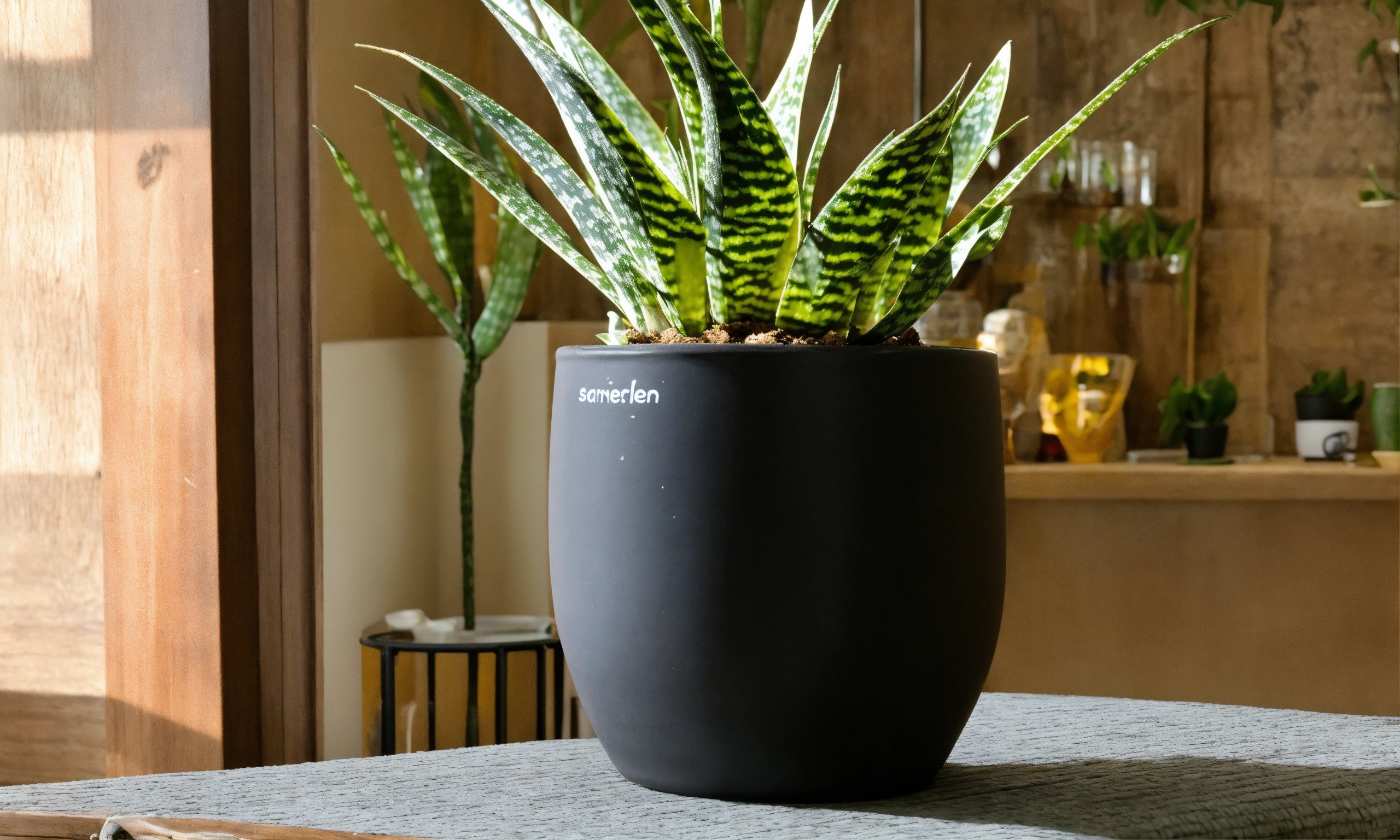
Although snake plants are often resilient, they aren’t immune to some issues. If you own snake plants, you should be aware of the following problems and how to fix them:
Overwatered
When you overwater your snake plant, respond quickly to prevent more harm. First check the soil for waterlogging and root rot, then drain the pot and repot if needed, cutting any damaged roots. To avoid overwatering, let the soil dry up before changing your watering habits. A warm, well-ventilated room with indirect sunshine will help the plant dry out. Watch for new growth or enhanced leaf color. After overwatering, your snake plant can recover with time and care.
Underwater
If you accidentally underwatered your snake plant, act quickly to save it. Water the soil until water drains from the container, moistening the root ball. After draining excess water, set the plant in indirect sunlight and check its condition. Adjust your watering plan to reduce soil moisture fluctuations by letting the top inch dry out between waterings. Your snake plant may recover from underwatering and flourish with adequate care and hydration.
Pests
For safety and health, snake plant pests must be treated immediately. Snake plant pests include spider mites, mealybugs, and scales. Inspect the plant, especially the undersides and leaf joints where bugs live, to control these pests. Remove bugs carefully with a rubbing alcohol-soaked cloth or cotton swab. Use insecticidal soap or neem oil for strong infestations according to instructions to avoid harming the plant. Pests can spread to other plants in your collection, so quarantine the infected plant. Check for insect activity and clean the plant to prevent infestations. Care for your snake plant keeps it healthy and pest-free.
Yellowing Leaves
Yellow snake plant leaves may indicate illness. Overwatering promotes root rot and soil saturation. If you suspect overwatering, let the soil dry out before watering again and adjust your watering strategy to avoid repeating problems. Underwatering causes yellow leaves because the plant lacks moisture for development. Water the plant adequately and let the soil dry between waterings. Pests, food shortages, and insufficient light can yellow leaves. Check the light and use a balanced houseplant fertilizer. Treat spider mites and mealybugs promptly on the plant. Finding and addressing the cause of withering leaves will rejuvenate your snake plant.


